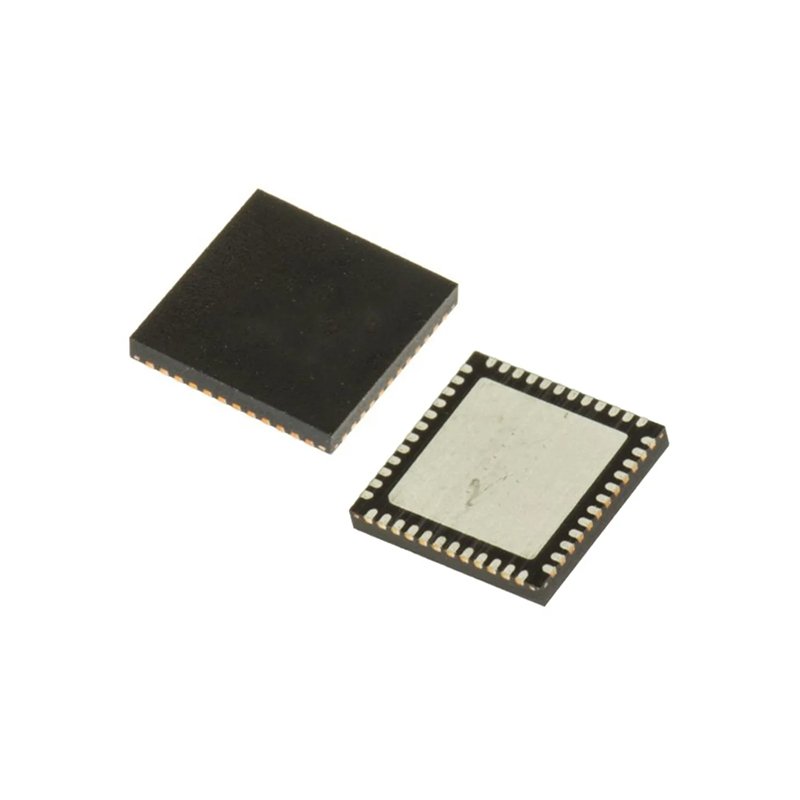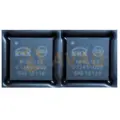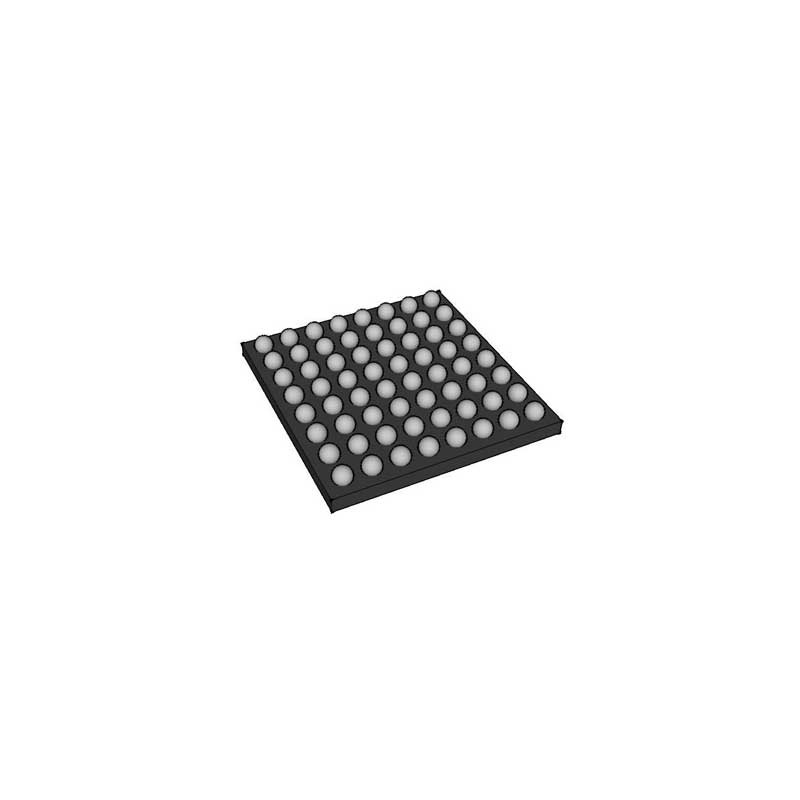A Comprehensive Analysis of Continental's in-vehicle Information and Communication Solution AutoLinQ
 Published: Apr 29, 2023
Communication Network
Share:
Published: Apr 29, 2023
Communication Network
Share:
The development of Telematics in China is still in the early stages of development, but it has been developed in Europe and the United States for almost ten years. Although the maturity is the same, the services and products developed by Telematics in China are consistent with those in foreign countries. So what is Telematics?
Commonly referred to as Telematics refers to the application of wireless communication technology vehicle computer system. With the application of computer and network technology to automobiles, a new computer market called Telematics is forming. Telematics is a comprehensive product of wireless communication technology, satellite navigation system, network communication technology and on-board computer, and is considered to be the star of future automotive technology.
At the "Telematics 2009" (vehicle intelligent communication system) conference held in Detroit, Continental Group from Germany disclosed AutoLinQ, the next-generation vehicle intelligent communication solution that it is developing. Mr. Azmoon Ahmad gave a comprehensive interpretation of AutoLinQ.
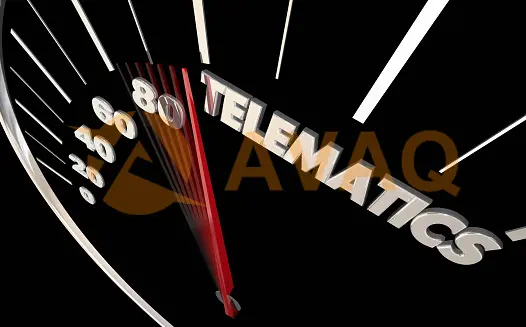
AutoLinQ is an open platform
Azmoon Ahmad said that AutoLinQ is an open platform and architecture, which subverts the previous business model and enables users to obtain new applications after purchasing a car. We implement it in several ways, one is affordable, the other is Available anytime and anywhere, one is easy to use, these three are completed through our purely open architecture and platform.
AutoLinQ is different from ACMI. The concept of ACMI is seamless connection, so that mobile phones or portable devices can seamlessly communicate with car radios and navigators, and can easily map mobile phone applications to the screen of car navigators. The concept of AutoLinQ is bigger, which is equivalent to Apple's App Store, which allows third-party developed products to be put in the store after our certification, and end users can download these apps to the car.
Different car owners have different interests and needs. Through AutoLinQ, car owners can independently download their favorite applications. ACMI is to create applications that users can use, while AutoLinQ is to create a platform for third parties, and users can download them to the driving device at will.
AutoLinQ is easily connected to the Internet
The connection between cars and the Internet will also be a development direction in the future. When talking about the connection between AutoLinQ and the Internet, Azmoon Ahmad said that AutoLinQ is a good open platform that connects cars and the Internet, is economical and available at any time. It is a good idea to put a PC in the car, and everyone is looking forward to it, but it is not realistic to be able to use the PC while driving, and the price of the PC is relatively expensive.
We need a friendly user interface that is affordable for car owners and can use a lot of software. In this regard, AutoLinQ can do it. With the development of China's automobile market, the application of electronic products in automobiles is becoming more and more mature. We attach great importance to this investment in China. We have built two R&D centers this year, one in Yangpu and one in Jiading. The investment has reached 60 million euros, we are optimistic about the future in China.
In addition, AutoLinQ is also very convenient in terms of connection with IPhone and Google's mobile phone platform. In terms of software and hardware platforms, it is based on the Linux-based OS, on which Google's Android application software is used, which can be compared with Google's GPhone. For the traditional in-vehicle entertainment system, because it is a relatively closed system, the development cycle and cost are very high, and it is difficult for users to upgrade after buying a car, which is not a boon for end users.
Nowadays, using an open platform, many new applications can be loaded on it. As long as we provide good security measures to make the applications safe and reliable, we can reduce the user's car cost. This is also our original intention of providing AutoLinQ.
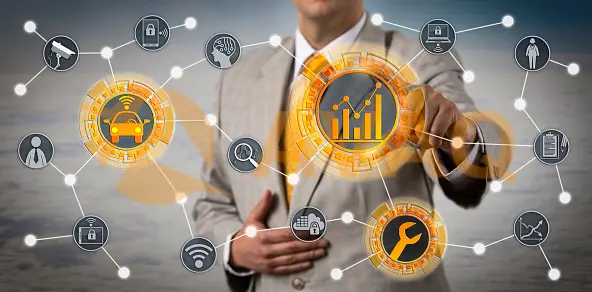
Similarities and differences between AutoLinQ and BMW's NGTP
AutoLinQ creates an application model that provides the entire software and hardware in the car, as well as the architecture of the background industrial chain, allowing new third-party applications to be downloaded and used by car owners after safety certification.
NGTP is more of a service architecture in the background of Telematics. There is a core gateway in the middle, allowing different third-party new applications or service providers to access as a new TSP. After the unified arrangement and integration of the gateway, we have A public API. In this case, it is easier to add a new service, business, TSP, or service provider.
What it provides is a background access mode, while AutoLinQ provides an overall user experience mode, and the two cannot be directly compared. NGTP is shielded for users, but AutoLinQ can give users experience and decide by users.
For Chinese users, Telematics is still relatively new. Mainland China is a mainstream supplier, and our direct customers are car manufacturers. We need to cooperate with car manufacturers to introduce technology, and car manufacturers will also consider their target users and usage habits. For us, the approach of gradual introduction is more appropriate, rather than one step.
Of course, we have to formulate their strategies through our customer depots. At present, all rights reserved by Plastic Industry Network, European, American and Asian car manufacturers are very interested in AutoLinQ, and it is expected that it will be applied to automobiles in 2012 at the earliest.
Operation Mode of Telematics
The operation mode of the Telematics system is extremely complex. Based on the observation of the current development mode, it can basically be divided into two parts: car positioning system (GPS) and information access (Access). In terms of the operation mode of the GPS system, it is mainly connected with the satellite through its built-in three-way receiving and transmitting antenna with broadcast, microwave and satellite, and through the triangulation method of the satellite, the GPS system and geographic information system built in the Telematics system (GIS), providing navigation services for drivers in the form of topographic (3D) or flat (2D) maps. In terms of information receiving operation mode, the information (vehicle management, scheduling, transportation, hotel, entertainment, weather, ticket booking, etc.) Two-way reception and transmission.
Features of Telematics
The characteristic of Telematics is that most of the application systems are located on the network, such as communication network, satellite and radio, etc., rather than in the car. Drivers can use wireless transmission methods to connect to the Internet to transmit and receive information and services, as well as download application systems or update software, etc. IIAnews.com costs less, and the main functions are still driving safety and vehicle security. The main features are as follows:
- Satellite positioning: use GPS to cooperate with route information for road condition reports and route guidance;
- Road rescue: during driving, if there is a car accident or vehicle failure accident, press the button to automatically contact the rescue;
- Automobile anti-theft: provide search and tracking of stolen vehicles through satellite positioning;
- Automatic collision avoidance system: through Sensor or radar, sense the safe driving distance between the car and the workshop;
- Vehicle condition control: automatic detection of vehicle performance and condition, maintenance diagnosis, etc.;
- Personalized information reception: send and receive emails and personalized information, etc.;
- Multimedia entertainment information reception: high-quality and high-quality audio-visual equipment, game consoles, Internet terminals, personal mobile information centers, on-demand video, etc.

Applications of Telematics
The application fields of the Telematics system can basically be divided into three subsystems: the front seat system, the rear seat system and the engine mechanical system. The main considerations of the front seat system are safety, vehicle security, driving ease and comfort, and in order to avoid driver distraction, the input system mainly uses voice input or touch panel; the output system is a medium-sized panel (LCD or OLED ), voice output or head-up display projected on the windshield, etc.
The rear-seat system is mainly based on multimedia entertainment, including interactive games, high-fidelity audio-visual systems, video-on-demand, digital radio and digital TV, etc. The engine mechanical system is mainly based on the vehicle condition information collected by the vehicle computer for vehicle condition diagnosis, driving efficiency optimization, remote engine adjustment or parts reservation, etc.
Although Telematics is currently mainly used in vehicle-mounted systems, it was originally intended to improve business or government-related public services by improving the efficiency of information dissemination on the Internet. According to the purpose of use, Telematics can be divided into three basic types, namely, traffic information and navigation services, vehicle maintenance services for safe driving and vehicle protection and fault diagnosis, entertainment and communication services.
In order to achieve the above functions, it is also necessary to provide global positioning system technology, geographic information system (GIS: Geo-graphic Information System), intelligent transportation system (ITS: Intelligent Transport Systems) technology. It is worth mentioning that Telematics has gradually evolved into an in-vehicle system that integrates technologies such as GPS tracking devices and wireless communications.
Recommend Products
Related Solutions
-
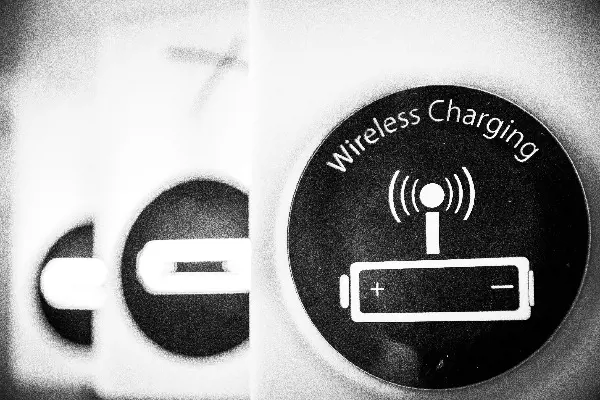
NXP Introduces High-Power Wireless Charg...
NXP Semiconductors announced the first high-power wireless charging solution for notebooks and 2-in-...
Apr 28, 2023 Consumer Electronics -

Multifunctional Street Light Automatic C...
The street light automatic controller is suitable for the automatic control of street lights in resi...
Apr 26, 2023 Consumer Electronics -

How Can IoT Solution Providers Build a S...
The Internet of Things (IoT) has been attracting a lot of attention in the industry for its security...
Apr 25, 2023 Consumer Electronics -
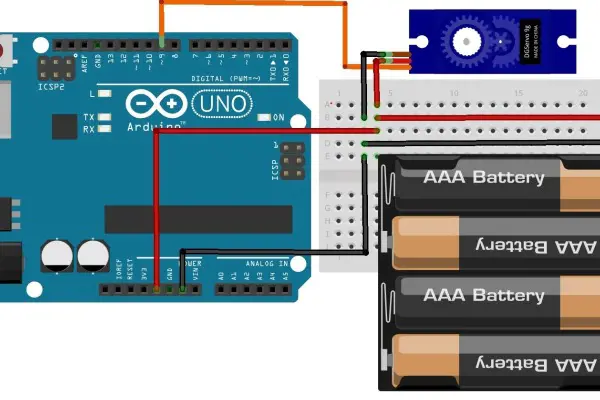
ADI Proposes a Solution for Servo Motor ...
For motor control solutions, ADI offers a comprehensive portfolio of products, including analog-to-d...
Apr 25, 2023 Consumer Electronics -
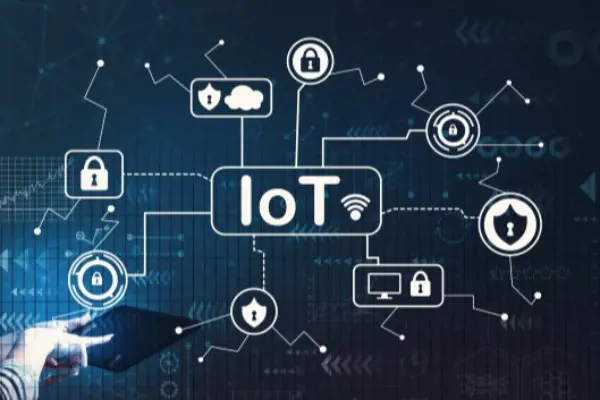
IoT Transforms and Adds Value to Consume...
The Internet of Things (IoT) is taking consumer electronics to another level and could lead to the n...
Apr 26, 2023 Consumer Electronics -
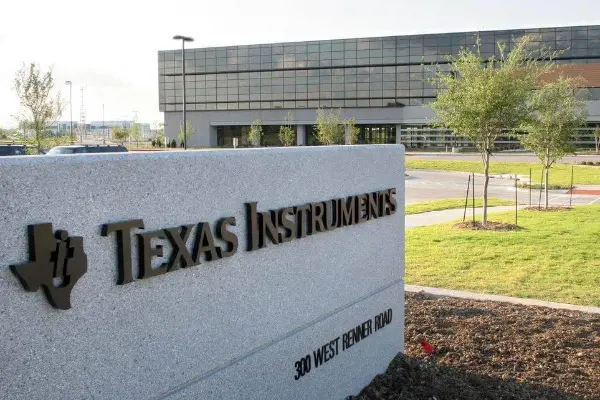
Texas Instruments Programmable Logic and...
Programmable logic controllers (PLCs) and programmable automation controllers (PACs) process and con...
Apr 26, 2023 Consumer Electronics

 Update Time: Apr 29, 2023 Consumer Electronics
Update Time: Apr 29, 2023 Consumer Electronics